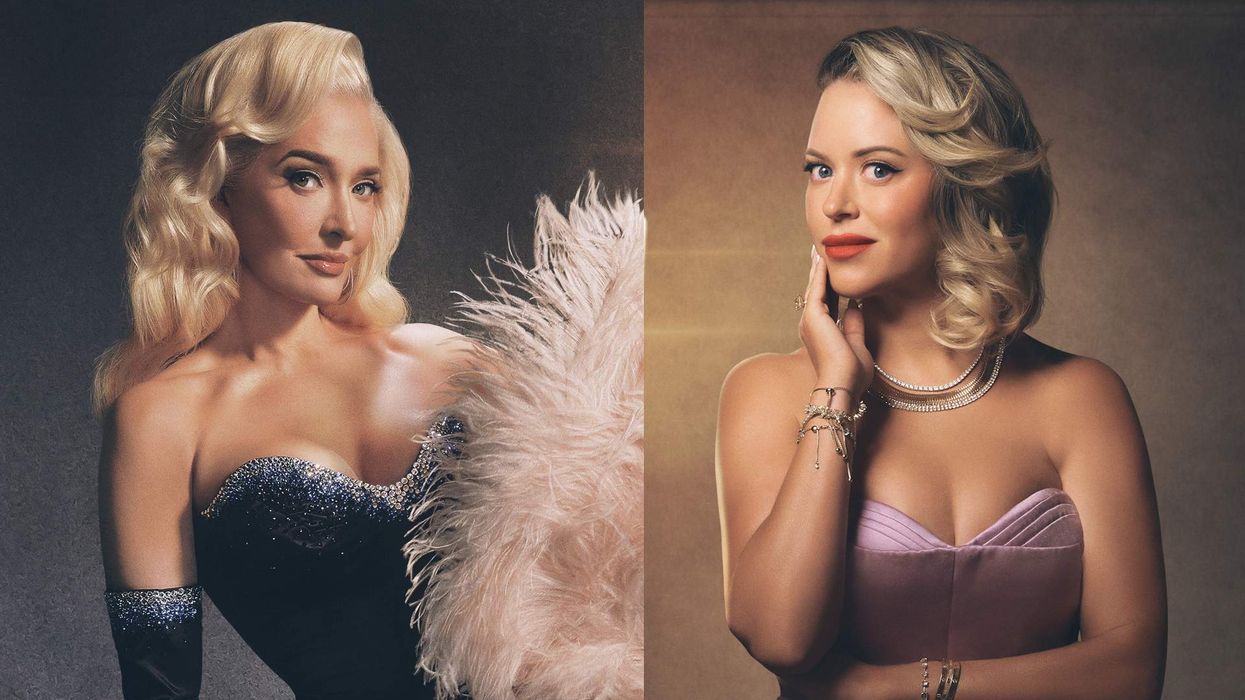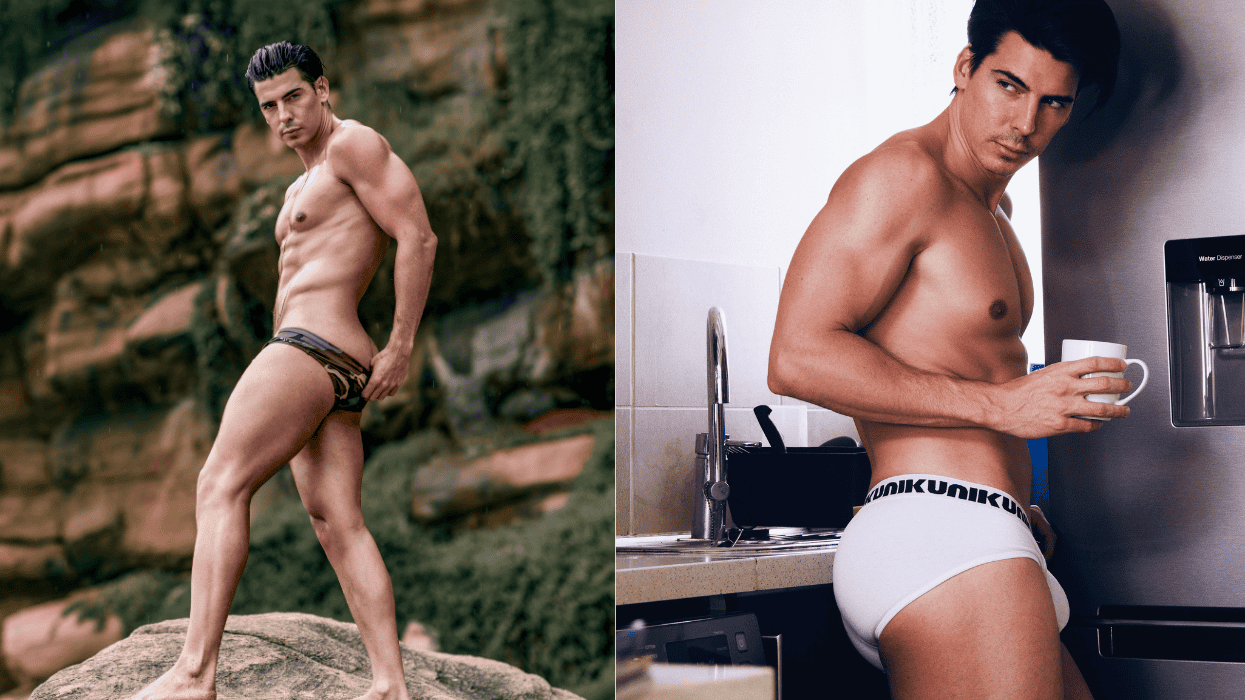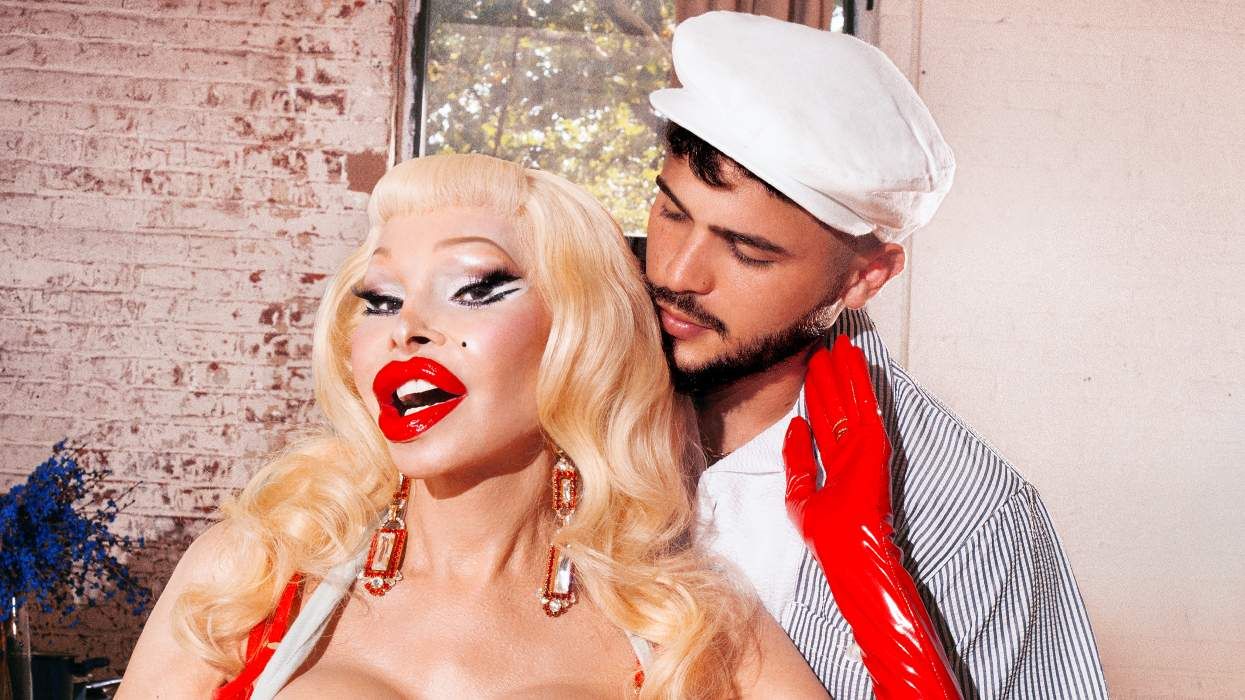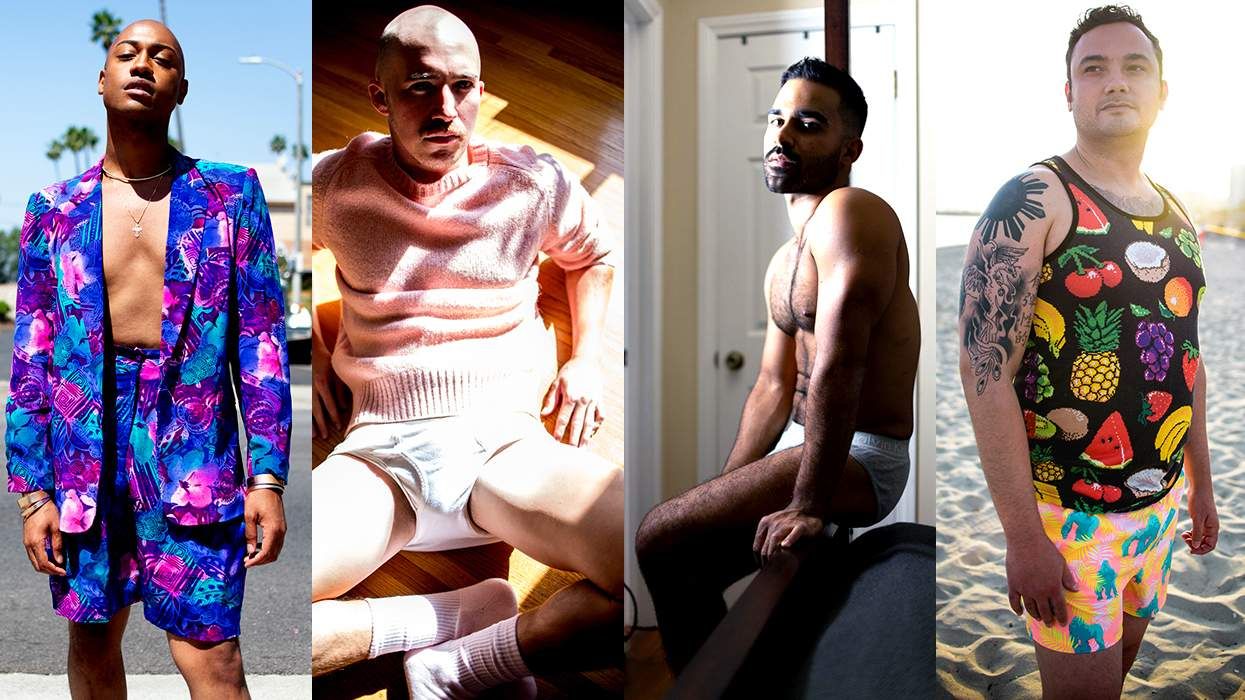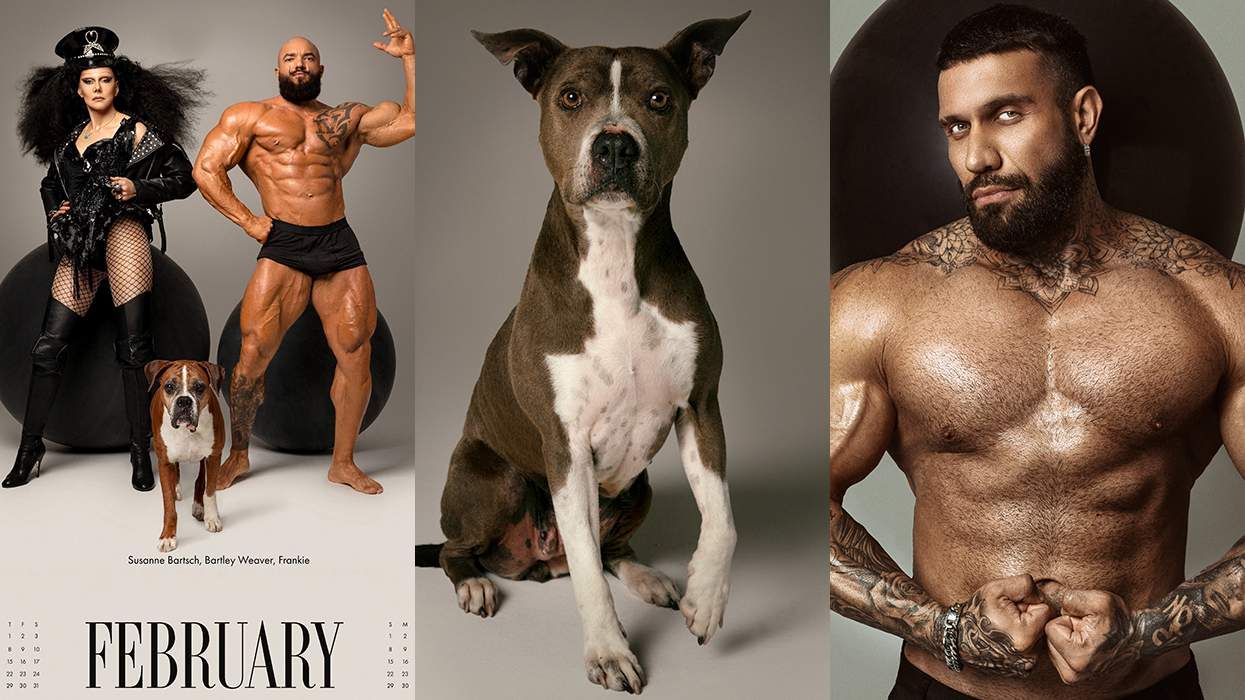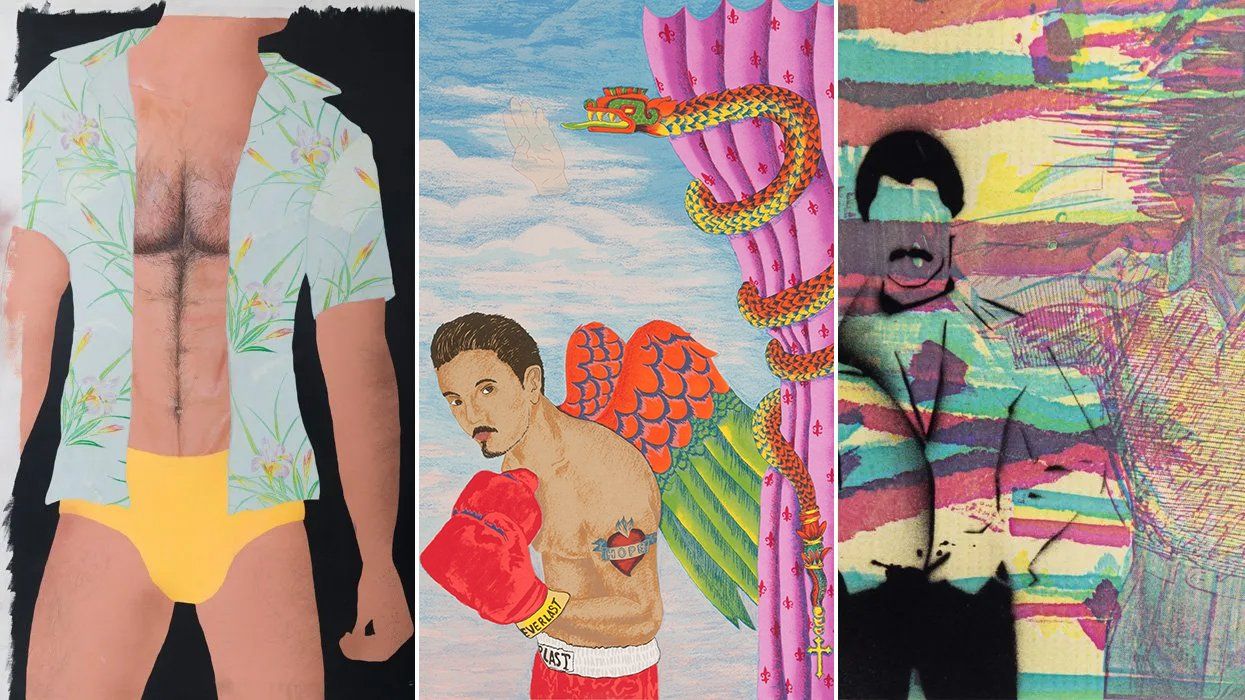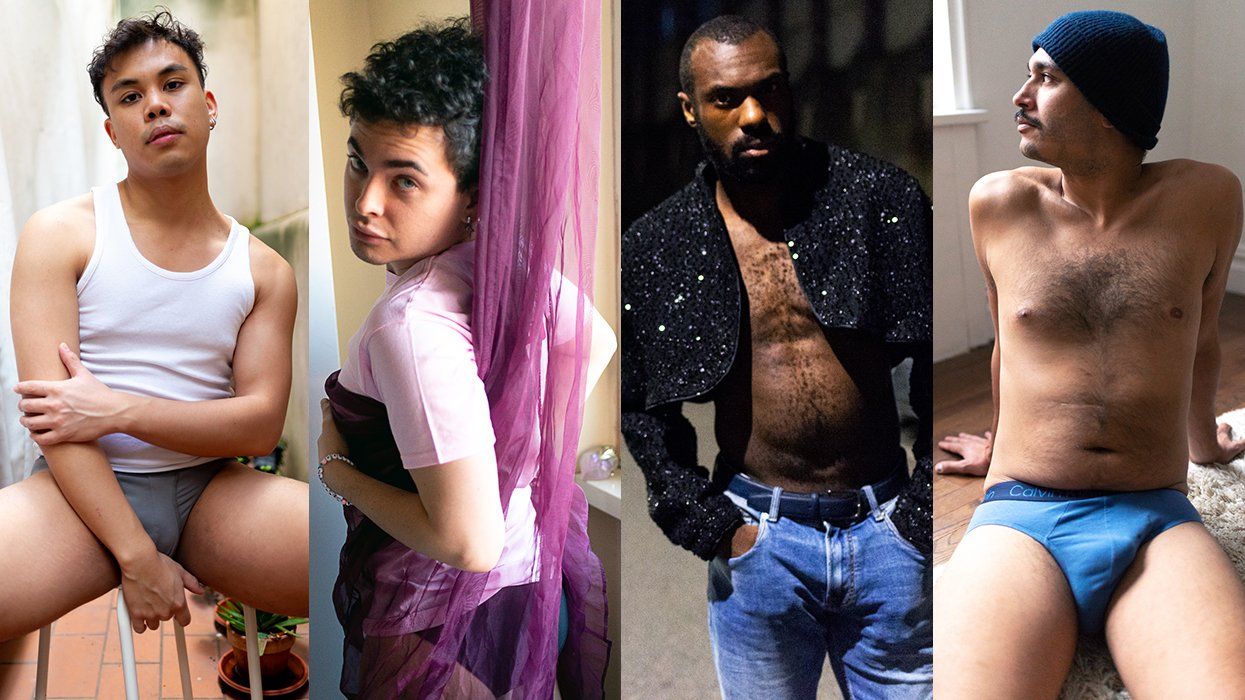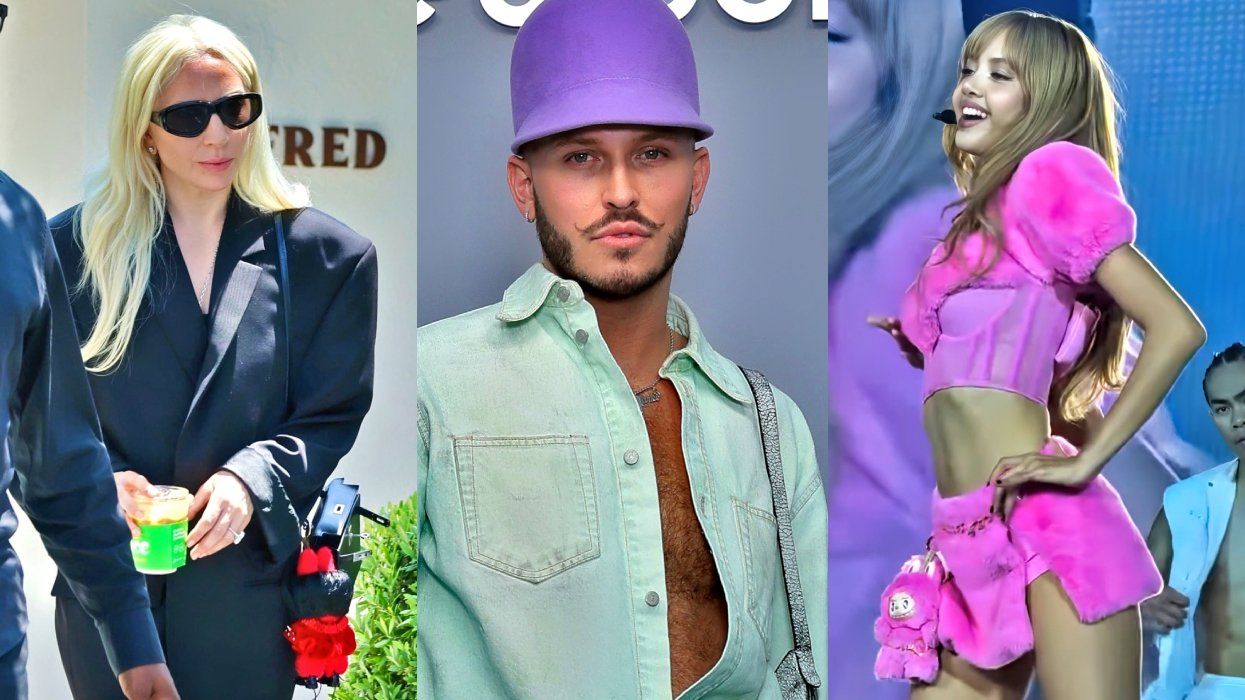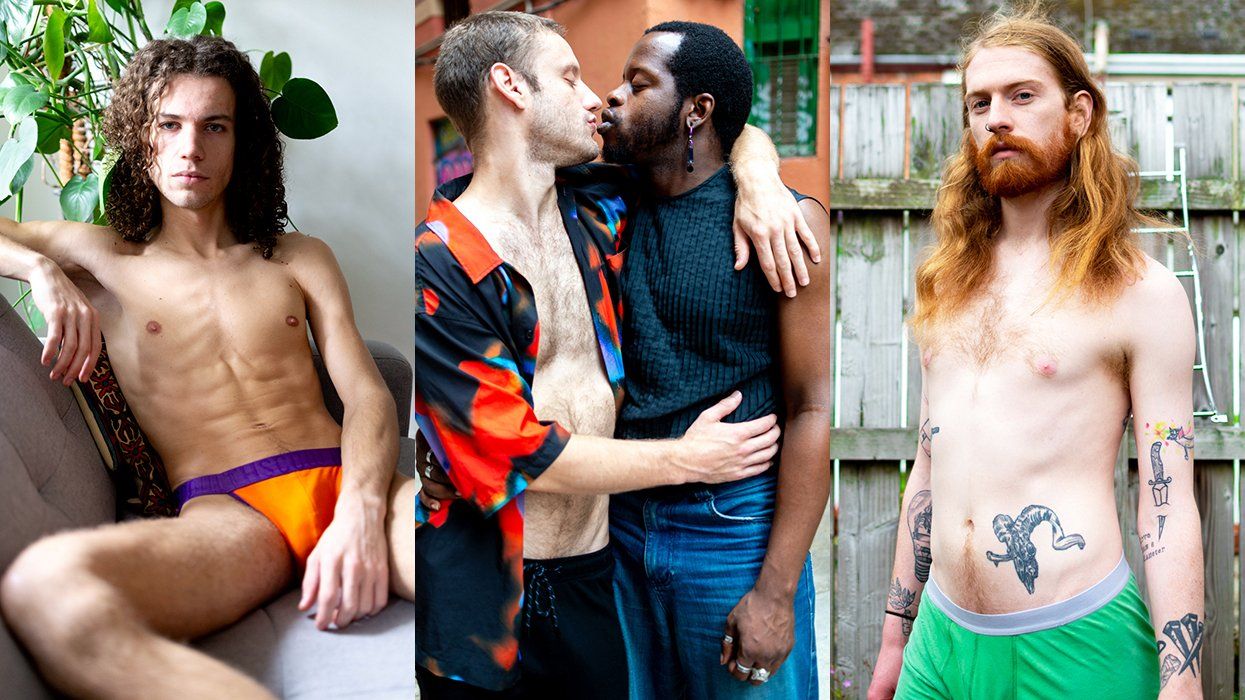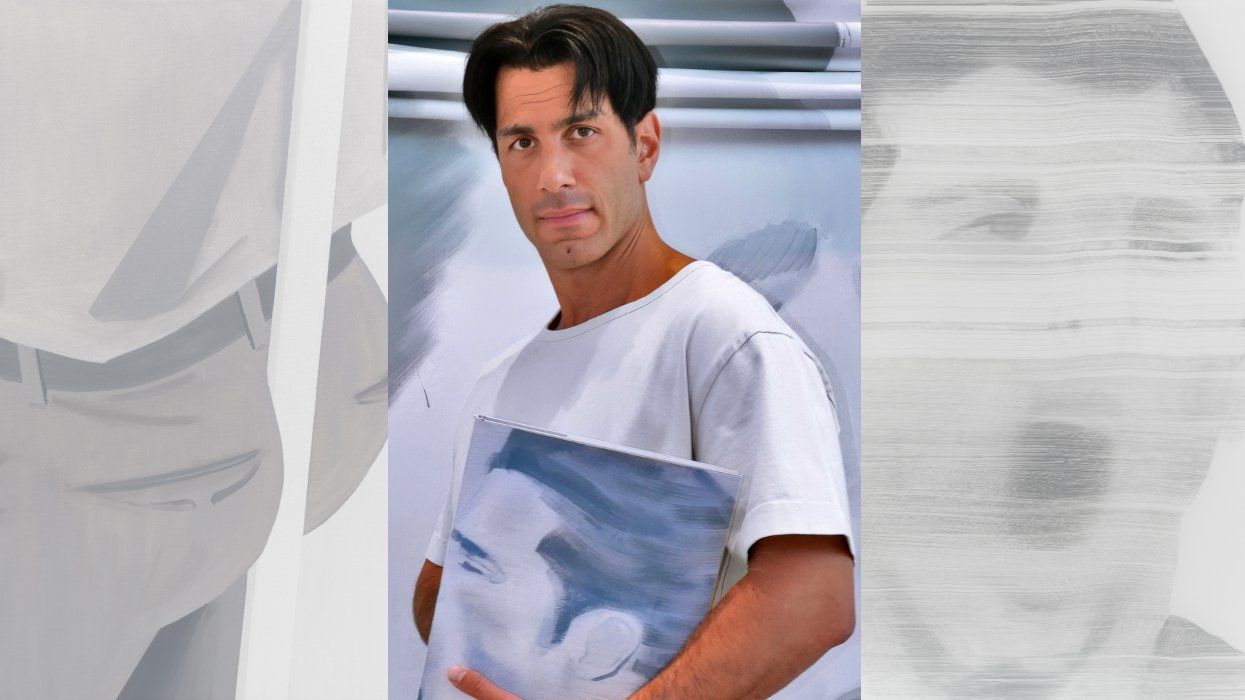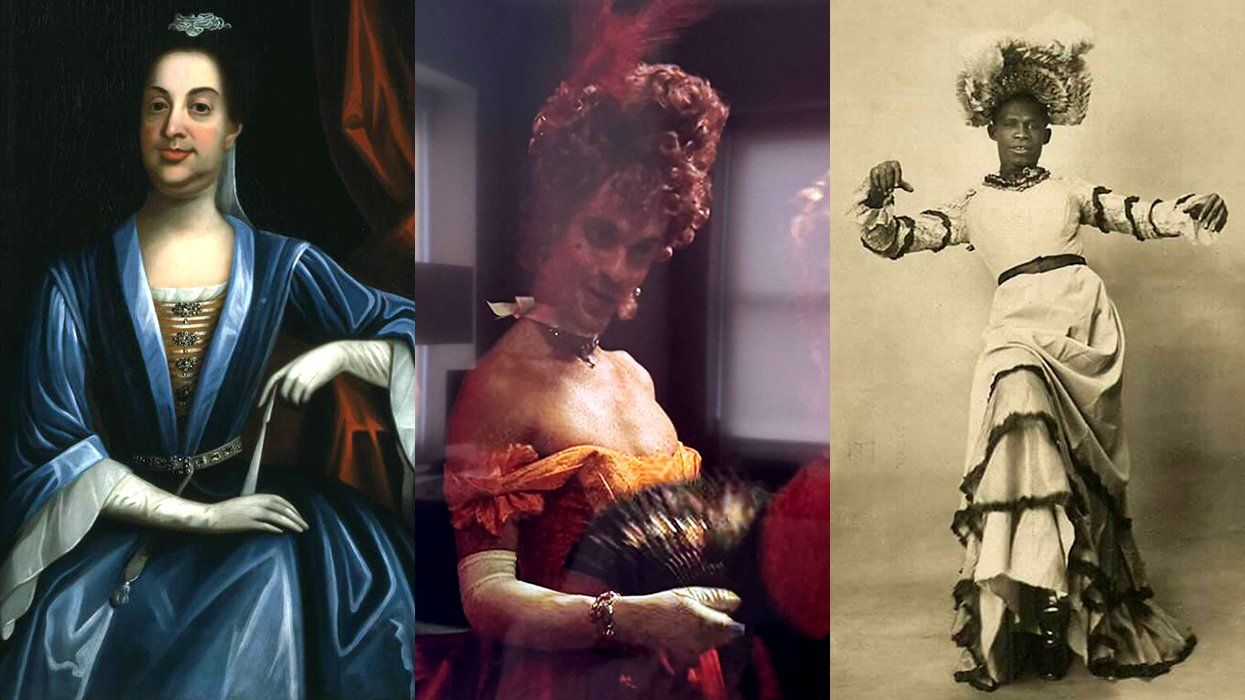There are two art worlds.
There's the high, fine, fancy art depicted in high-concept comedies and esoteric dramas alike; the type of art for which a rich man on a yacht calls into an auction and dramatically bids a pearl-clutching $27 million on an iconic Pierre-Auguste Renoir, Paul Gauguin, or Jasper Johns. Men gasp as their glasses fog up. Women in Chanel suits nearly faint. Everything is about rarity and impeccable provenance. It's a world where some of history's most renowned works are stored away in massive, "offshore" warehouses so that collectors can avoid paying taxes on their art's value.
Then, there's the world where art is accessible to everyone. And despite being raised in a famous art-collecting family, Nats Getty prefers to use her family's access to expand that space. The 26-year-old has increasingly become a proponent of more people collecting, sharing, and enjoying more art -- whether it's an image of a cool Instagram-ready street installation or a stunning portrait fit for a noted museum.
"[Collecting] should be something that everybody does," she says, "because art just adds creativity and beauty to your life." Getty's own painting and illustrations appear on leather jackets and hoodies for her clothing line, Strike Oil, an homage to her family's entrepreneurial legacy. Nats and her brother, August, are the grandchildren of oil tycoon J. Paul Getty, whose business made possible the vast collection of art from around the world he amassed in his lifetime. The Getty family is among the world's richest families, and their passion for art collecting has been handed down through its decades-long dynasty, living on in the idyllic Getty Museum and Getty Villa in Los Angeles. But as a child, as she leaned into her family's expertise in collecting and displaying some of the world's most important works, she developed her own instinct.
"I remember my mom was bidding at an auction for this one Jeff Koons piece that we saw in a museum together," Getty said. "It was a giant egg he had made, and she didn't know but she was bidding against her brother, my uncle, and they kept going back and forth. I think my uncle ended up buying it."
Getty says that moment solidified her as a Koons fan: "When I discovered Jeff Koons through my mom, I was offered insight into a totally different kind of art. It wasn't painting on a canvas, it wasn't wheatpasted on the street, but it was beautiful and inspired me and I think that's what art should do."
It makes sense that she acquired her taste through Ariadne Getty, who also admires work from artists like Keith Haring, Raymond Pettibon, and countless others. "Since I was little, I've always been surrounded by modern and street art, and my mom's amazing photography...from her own career," she says. "It's really shaped the kind of art that I vibe with now. It's the stuff that really speaks to me; it inspires me."
Getty, of course, is not alone in her approach to collecting based on the pieces that call out to her. Among queer collectors with an eye for preserving LGBTQ-focused art, the best known is probably Charles Leslie, whose personal collection of gay-themed and homoerotic art, which he began with his partner five decades ago, was put on display as a rebuke to the fuddy-duddy art world that sidelined obviously gay and queer work for generations.
As Katie Poltz, previously the curator of the Los Angeles LGBT Center's art galleries, once posited, "The queer sides of artists were systematically erased from the dialogue in museums and galleries. Sometimes this was a function of survival on the part of the artist...but often it was simply the conservative framework of art institutions themselves. I believe it is our moral imperative to uncover these hidden storylines and expose the full picture both for the sake of these artists, many of whom suffered greatly during their lifetime as a result of their sexuality, and for the truer writing of history."
Getty and others encourage art collectors -- amateurs, veterans, and everyone in between -- to embrace acquiring art that speaks to them. Still, there are plenty of barriers when it comes to collecting art, whether it's due to a lack of funds, proximity to an art scene, only being exposed to a narrow scope of art, or simply feeling like art is esoteric and out-of-reach.
And yet, what Getty finds heartening through the surging interest in art, is that anyone interested in seeing a piece isn't required to go to a gallery or museum to find art that speaks to them. They can much more easily pick up their phone and see nearly any piece of art on the planet. It's easy to dismiss social media these days, especially when it seems some are only going to art installations or museums for an Instagram post. Beyond those folks, though, plenty of people are finding contemporary artists (and buying their art or sharing it with others) specifically because social media has made it possible.
"The access that people now have to whatever they really want to understand or get into," she continues, "has played a major part in shedding light on a community of artists and artworks that have always been around. But now people are really truly getting to see it and enjoy."
This article appears in Out's May issue featuring artist Zanele Muholi and model Ruth Bell as cover stars. The issue is guest edited by Kimberly Drew. To read more, grab your own copy of the issue on Kindle, Nook, Zinio or (newly) Apple News+ today. Preview more of the issue here and click here to subscribe.
RELATED | Gigi Gorgeous and Nats Getty: A Modern Lesbian Love Story (The Advocate)






